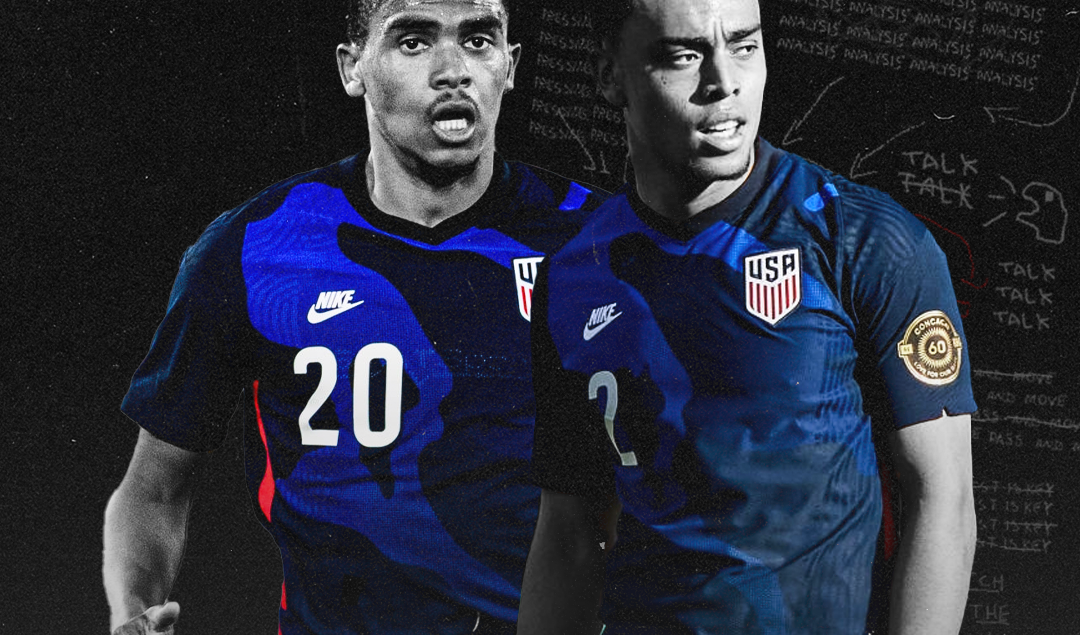The Next 18 Months: A Transformative Era for Soccer in the U.S.

Photo by Emilio Garcia on Unsplash
The next 18 months will be a defining stretch for soccer in the United States, with landmark events and seismic shifts poised to reshape the game at every level. The buzz around American soccer has never been louder, and while some of it may be filled with lofty rhetoric, there’s no denying that the sport is at a tipping point. Between the 2026 World Cup, the 2025 Club World Cup, and major changes in domestic leagues, the sport is hurtling toward an era that could permanently alter its trajectory.
Lionel Messi’s arrival at Inter Miami has already ignited a transformation. Before he joined, Miami was a longshot for the MLS Cup, with sportsbooks setting their odds at +3300. Now, with the Argentine icon leading the charge, some sportsbooks accepting crypto also offer faster withdrawals and generous bonuses have slashed those odds to as low as +250 to +300. One reason why Bitcoin sportsbooks offer better odds is that they have lower operating costs and a wider range of players, not only local ones like many fiat currency betting sites, meaning more and more players are turning to these sites to bet on MLS games and outright markets.
Messi’s presence has also turned MLS into a global spectacle, driving ticket sales, media coverage, and a fresh influx of talent, further increasing the number of international bettors visiting crypto sportsbooks to place their bets. But the real test is whether this momentum lasts after Messi exits the stage.
The 2026 World Cup is the crown jewel of this shift, bringing the tournament back to North American soil for the first time in a generation. FIFA stands to rake in over $11 billion, but American soccer leaders are determined to ensure that the event’s legacy runs deeper. Will it spark systemic change, making youth development more accessible by dismantling the long-standing pay-to-play model? Or will it be another momentary surge in hype with no real structural impact?
The U.S. Men’s National Team holds a pivotal role in shaping this legacy. Historically, the USMNT has struggled to crack the global elite, but this generation represents a rare opportunity. With Mauricio Pochettino now at the helm, the next 18 months will be a “proving moment” for a squad brimming with talent. A breakout performance in 2026 could rewrite the narrative of American soccer, cementing the team’s place on the world stage.
The 2025 Club World Cup delivers another high-stakes moment. The expanded 32-team tournament will pit MLS clubs against global powerhouses. A strong showing from Inter Miami, Seattle Sounders, or another MLS side could validate the league’s progress. A poor performance, however, would only reinforce perceptions that MLS still lags behind Europe and South America. The tournament’s success could also dictate whether the U.S. becomes the go-to host for future marquee soccer events, further embedding the country into the sport’s global ecosystem.
Domestically, MLS is at a crossroads. Talks of aligning the league’s schedule with the European calendar continue, a development that could reshape its competitive standing and development pipeline. The decision looms large, will MLS leap, or will it stick with its existing structure, which has long been a point of contention?
On the women’s side, the National Women’s Soccer League is undergoing its own transformation. Expansion, record investment, and critical strategic decisions are on the table. Should the NWSL prioritize signing world-class international stars or build a stronger youth pipeline to develop homegrown talent?
With top American players increasingly drawn to European clubs, the league must strike a balance between short-term star power and long-term sustainability. The U.S., on the other hand, is bidding to host the 2031 Women’s World Cup, a move that could catapult women’s soccer to new heights, if the bid prevails over fierce competition from England and other contenders.
Adding another layer of intrigue is FIFA’s proposed Women’s Club World Cup, originally slated for a 2026 debut. But with little concrete progress, speculation is mounting over whether it will happen on schedule. If realized, the tournament could elevate women’s club soccer worldwide, providing NWSL teams a prime opportunity to showcase their talent on a global stage.
